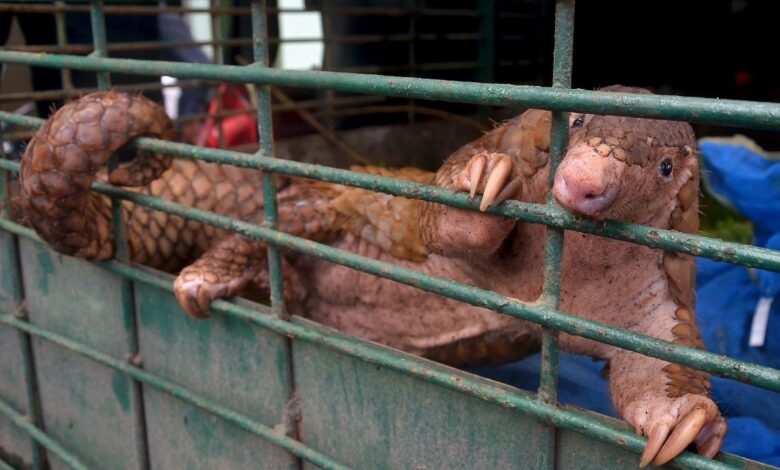
I Thought Animals Were Cute But These Pics Gave Me The Nightmare of My Life
Witness some of the ugliest, creepiest, most gross and freaky animals you’ve never seen in your lives. These are true and living nearby your home…watch out!
1. Aye – Aye
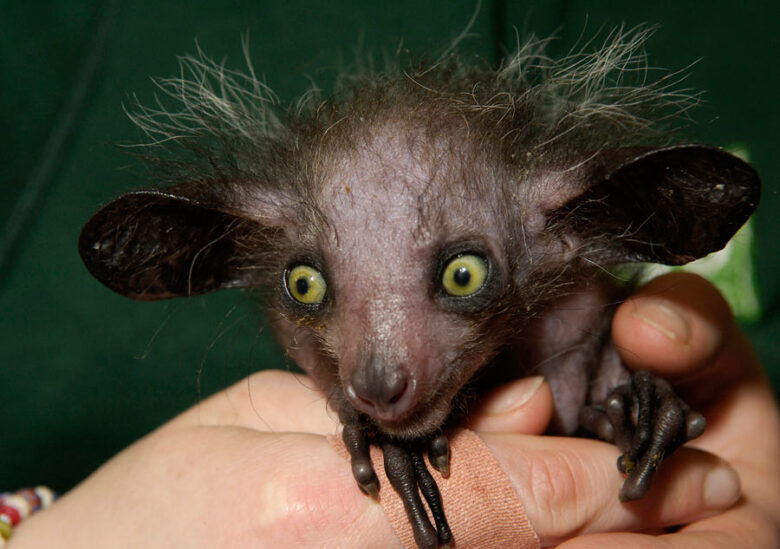
Location: Madagascar
This ugly looking creature is the aye aye – a lemur, a strepsirrhine primate native to Madagascar that combines rodent-like teeth and a special thin middle finger to fill the same ecological niche as a woodpecker.
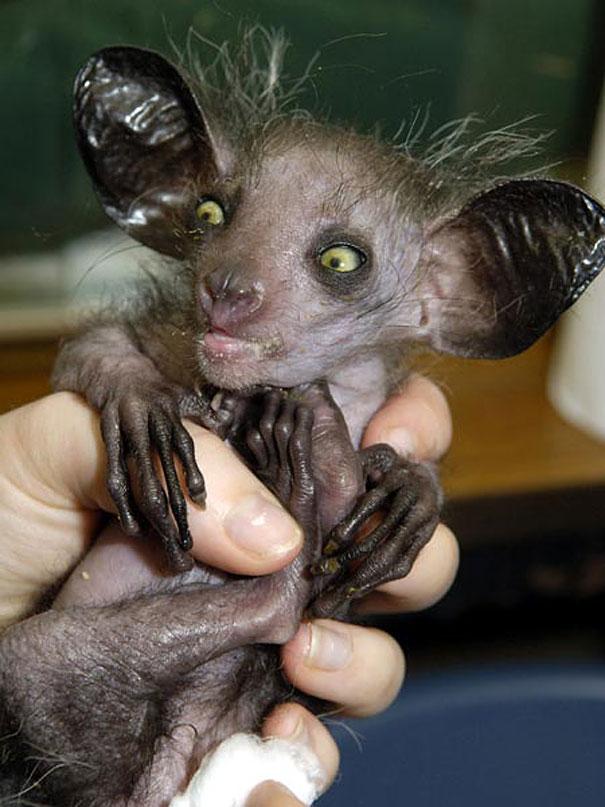
2. Blob Fish
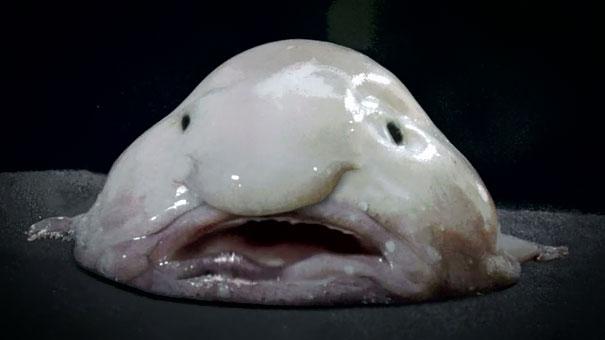
Location: Deep waters off the coasts of mainland Australia and Tasmania, as well as the waters of New Zealand.
The flesh of the blobfish is primarily a gelatinous mass with a density slightly less than water; this allows the fish to float above the sea floor without expending energy on swimming. Its relative lack of muscle is not a disadvantage as it primarily swallows edible matter that floats in front of it. Due to its low density flesh, the blobfish’s shape is very different when it is out of water. Its so called ugliness has created a lot of discussion in media outlets. It was voted as the world’s most ugliest animal in 2012.
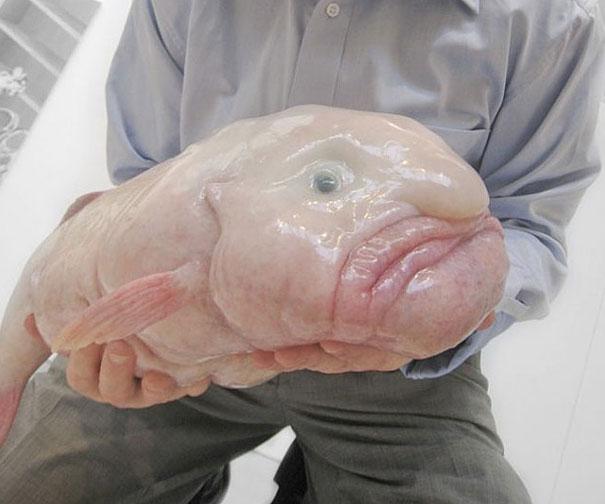
3. Star-Nosed Mole
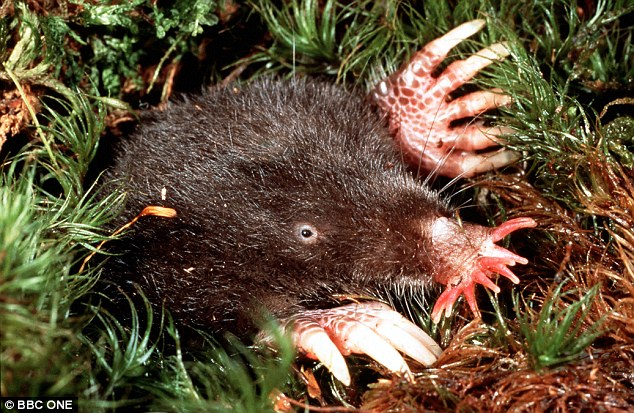
Location: Wet low areas of Eastern Canada and the northeastern United States, with records extending along the Atlantic coast as far as extreme southeastern Georgia.
The star-nosed mole is easily identified by the 11 pairs of pink fleshy appendages ringing its snout, which is used as a touch organ with more than 25,000 minute sensory receptors, known as Eimer’s organs, with which this hamster-sized mole feels its way around. With the help of its Eimer’s organs, it may be perfectly poised to detect seismic wave vibrations.

4. Naked Mole Rat
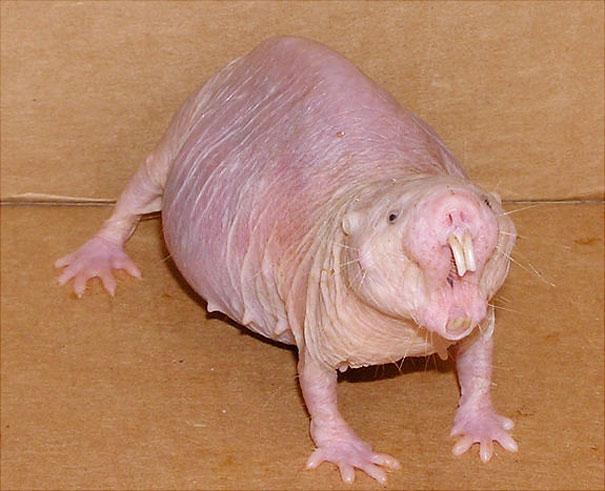
Location: East Africa
Famed as the world’s longest-living rodent, the wrinkly faced naked mole rat can live upto 30 years, roughly nine times longer than mice of the same size. With two yellow buck teeth protruding from a pale, hairless body, the mammal may not be an eye-pleaser, but it has an alluring longevity-related adaptation that has gripped researchers in recent years: It seems to be immune to cancer.
5. Pyura Chilensis
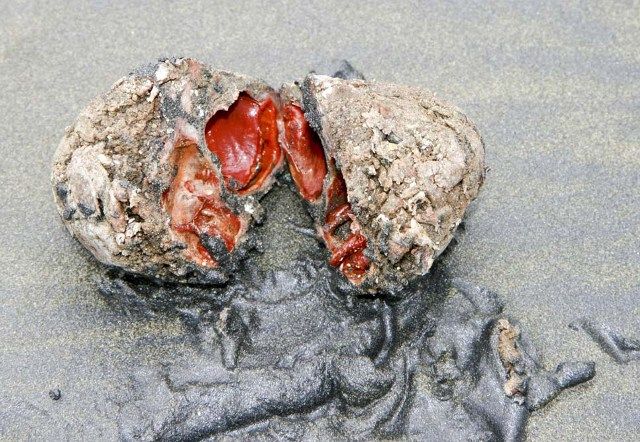
Location: South America (Chile)
It is one of the more shockingly bizarre Tunicates, and seems to disprove the popular wisdom that you cannot get “blood from a stone.” The creature looks for all the world like an ancient, craggy rock, but inside is bright, red flesh. These South American “sea tomatoes” are a popular delicacy in Chile, a large part of their limited native range.

6. Giant Isopod
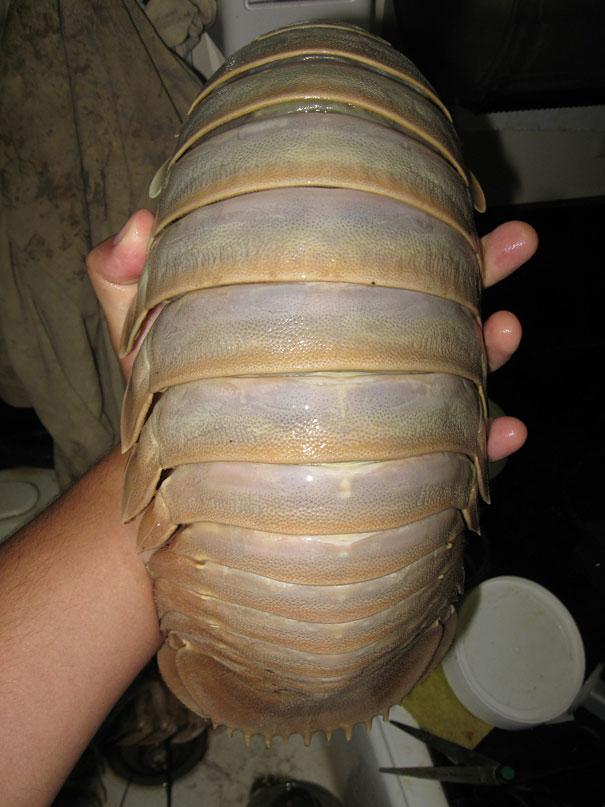
Location: Deep waters of Atlantic, Pacific and Indian Oceans
This one is the largest of the existing isopods. “The enormous size of the giant isopod is a result of a phenomenon known as deep sea gigantism. This is the tendency of deep sea crustaceans and other animals to grow to a much larger size than similar species in shallower waters.
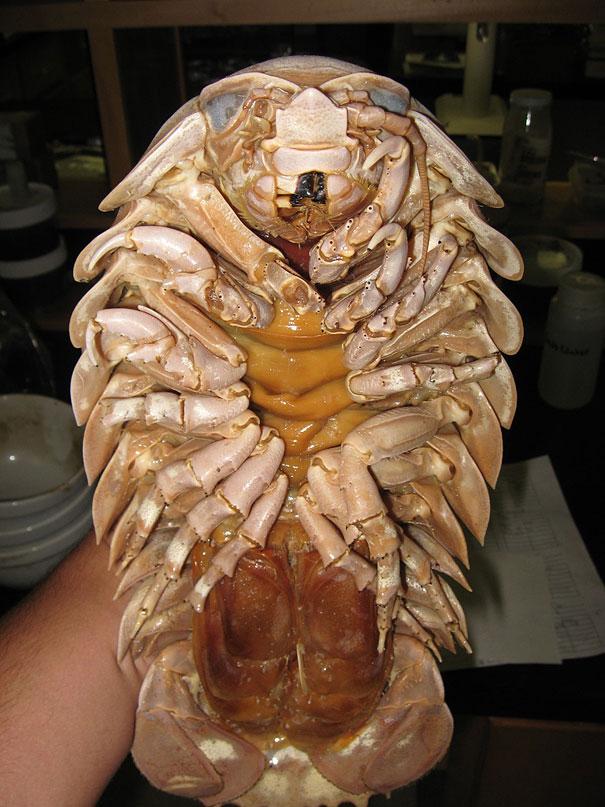
7. Long – Horned Orb Weaver

Location: Asia
These tiny web builders measure less than a couple of centimeters (about half an inch), but instead of looking like a normal arachnid, they resemble a giant, albeit stiletto-thin, cow skull. On each side of the orb weaver’s abdomen, long, decurved, and solid horns extend from a sort of rear carapace. Horns on a spider are pretty weird, but even weirder is their sheer size—each horn is up to four times the arachnid’s length. The horns are not known to serve any specific purpose, but comparison with other animals suggests that the ornaments could serve as sexual symbols, or even as “badges” to show dominance.
8. Japanese Spider Crab
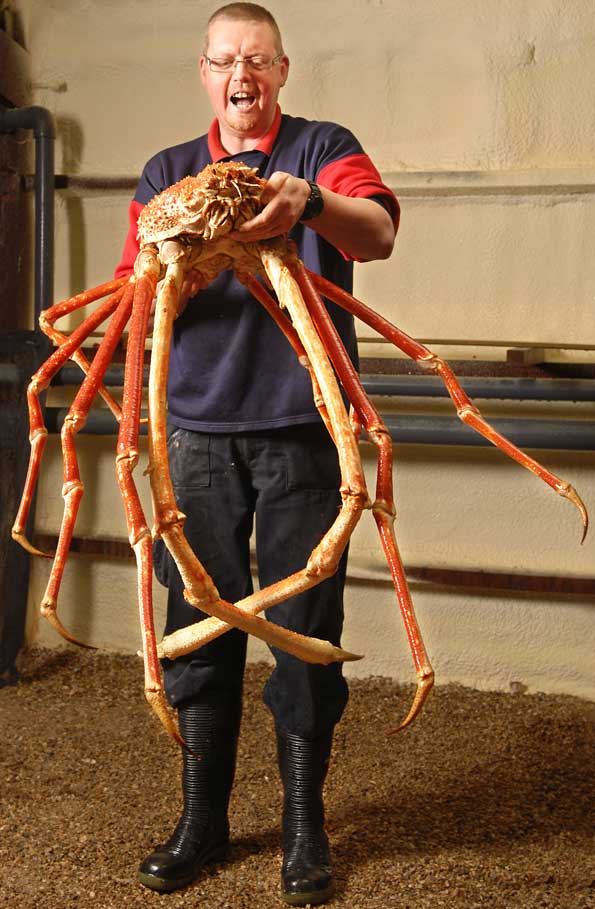
Location: Japan waters
It is a species of marine crab that lives in the waters around Japan. It has the largest leg span of any arthropod, reaching up to 3.8 m and weighing up to 19 kg. The crab is orange, with white spots along the legs.[5] It is reported to have a gentle disposition “in spite of its ferocious appearance”.

9. Red-lipped Batfish

Location – Galapagos Islands
Known for its peculiar red lips, this fish is actually a pretty bad swimmer, and uses its pectoral fins to walk on the bottom of the ocean.
10. Panda Ant

Location – Chile
The Mutillidae are a family of more than 3,000 species of wasps (despite the names) whose wingless females resemble large, hairy ants. They are known for their extremely painful stings, hence the common name cow killer or cow ant. Black and white specimens are sometimes known as panda ants due to their hair coloration resembling that of the Chinese giant panda.
11. The Pacu Fish

Location: South American fresh waters
You probably don’t need much explanation as to why the residents of Papua New Guinea call this fish a “ball cutter.” The local fishermen were really worried about the safety of their testicles when they had to get in the water! These fish bear a strange resemblance of their teeth with the human teeth which makes them even scarier.
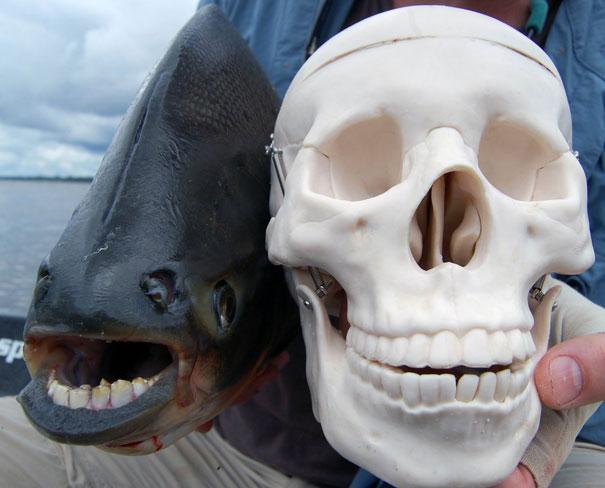
12. Glaucus Atlanticus
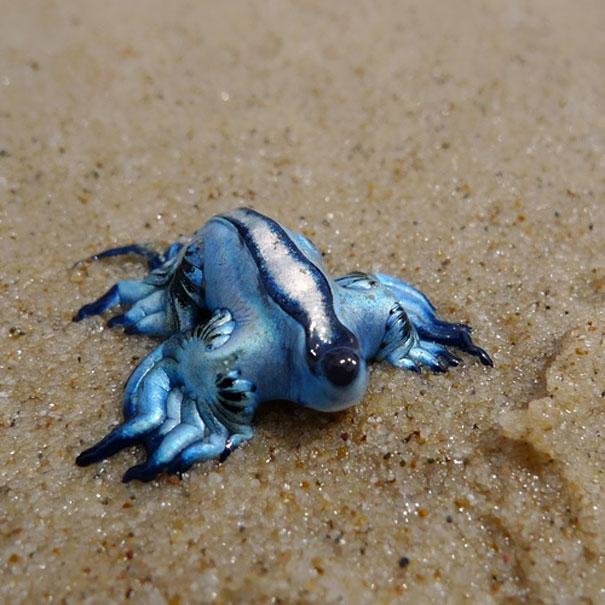
Location: Temperate and tropical waters throughout the world
Also known as the blue dragon, this creature is a is a species of blue sea slug. You could find it in warm waters of the oceans, as it floats on the surface because of a gas-filled sac in its stomach.
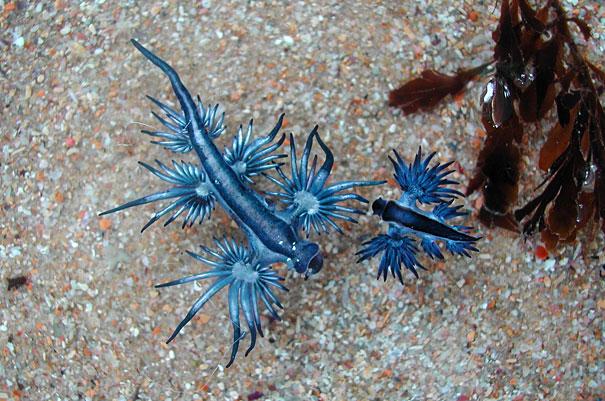
13. Goblin Shark
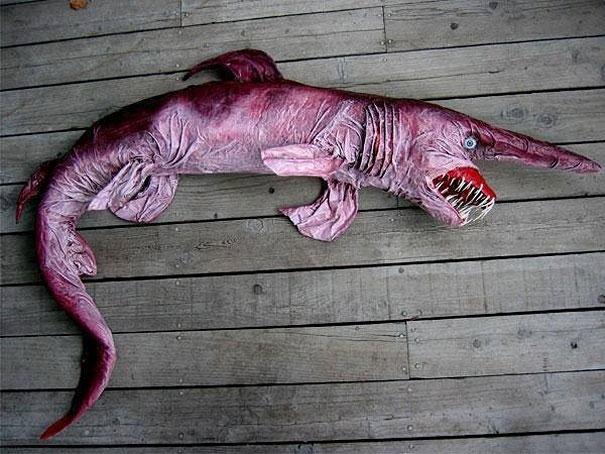
Location – Ocean depths throughout the world
This rare shark is sometimes even called a “living fossil”, “is the only extant representative of the family Mitsukurinidae, a lineage some 125 million years old.” Goblin sharks inhabit around the world at depths greater than 100 m (330 ft), with adults found deeper than juveniles. Given the depths at which it lives, the goblin shark poses no danger to humans.
14. Mantis Shrimp

Location: Australian waters
Also called the “sea locusts“, “prawn killers” and even “thumb splitters”, this is one of the most common predators in tropical and sub-tropical waters; little is known about them, however, because of how much time they spend hiding in their burrows.
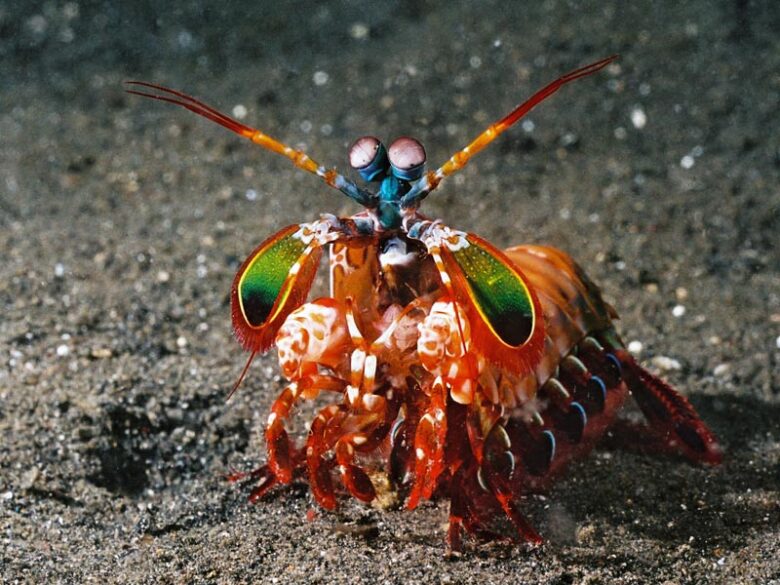
15. Frilled Neck Lizard

Location: Northern Australia and Southern New Guinea
Its name comes from the large frill around its neck, which usually stays folded against the lizard’s body. It is largely arboreal, spending the majority of the time in the trees. When the lizard is frightened, it produces a startling deimatic display: it gapes its mouth, exposing a bright pink or yellow lining; it spreads out its frill, displaying bright orange and red scales; raises its body; and sometimes holds its tail above its body. This reaction is used for territorial displays, to discourage predators, and during courtship.
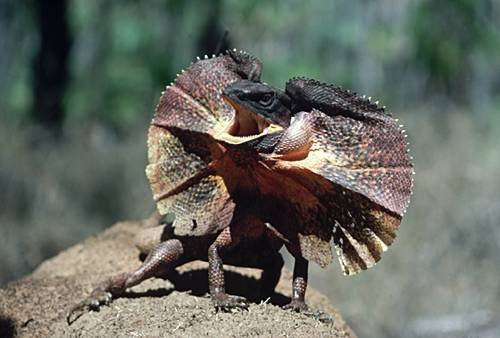
16. Umbonia Spinosa
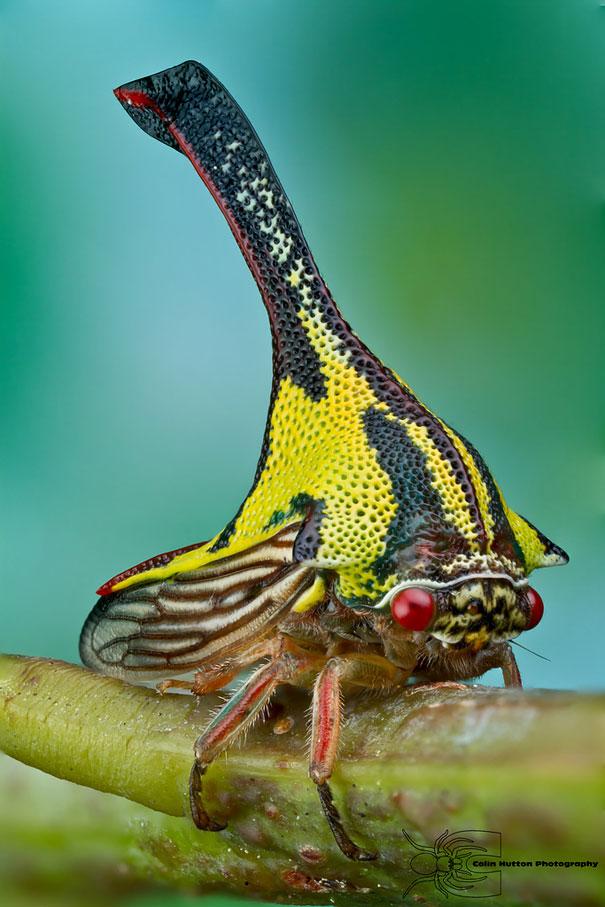
Location – Sub-tropical regions throughout the world
These thorn bugs are related to cicadas, and use their beaks to pierce plant stems to feed upon their sap. Their strange appearance still poses many questions to scientists.
17. Sea Pig

Location: Deep ocean bottoms in the Atlantic, Pacific and Indian Oceans
Scotoplanes live on deep ocean bottoms, specifically on the abyssal plain in the Atlantic, Pacific and Indian Ocean, typically at depths of over 1000 meters. They are deposit feeders, and obtain food by extracting organic particles from deep-sea mud
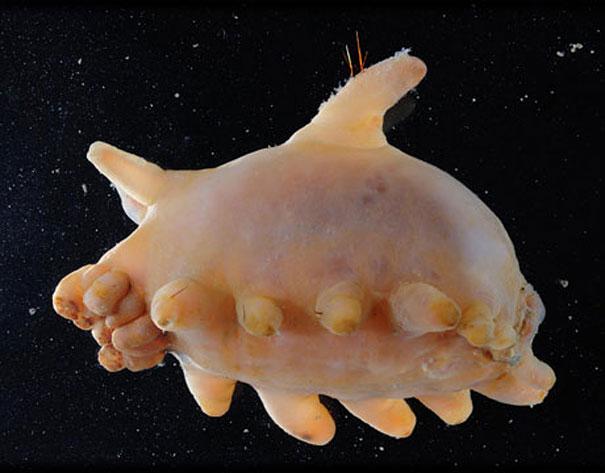
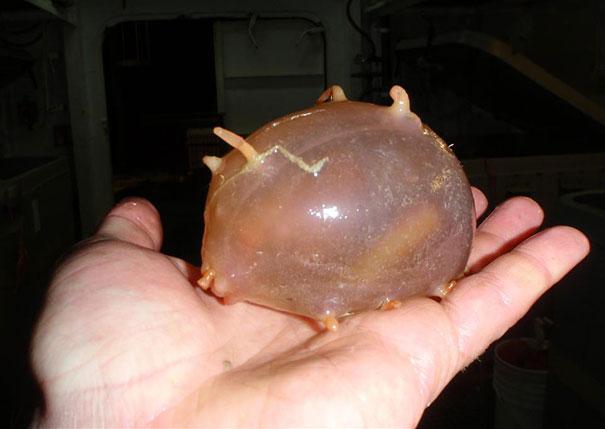
18. Indian Purple Frog
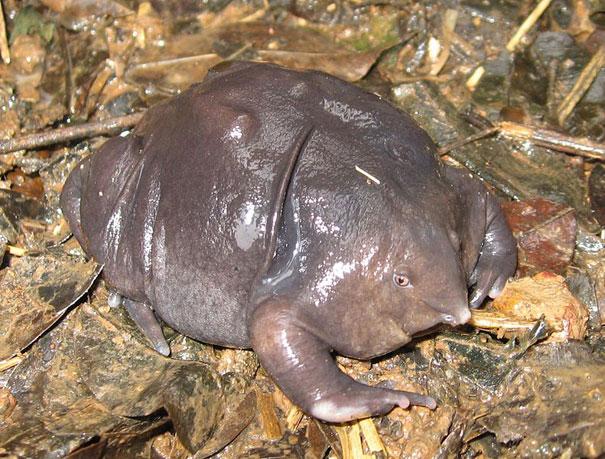
Location: India
This peculiar species of frog have bloated body and an unusually pointy snout; it only spends two weeks a year on the surface of earth, leaving the underground for mating.
19. Shoebill
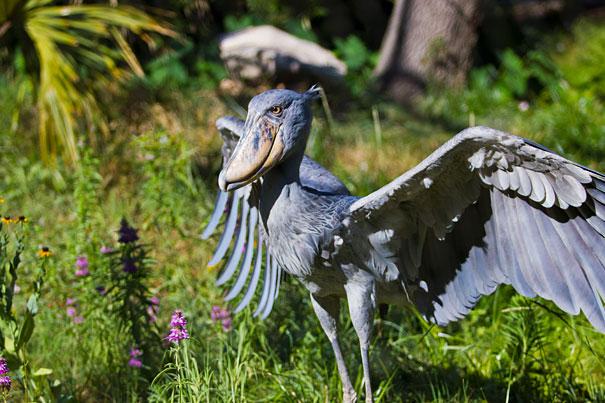
Location: Tropical east Africa in large swamps from Sudan to Zambia
Also known as Whalehead or Shoe-billed Stork, is a very large stork-like bird. It derives its name from its massive shoe-shaped bill. This large stork-like bird gets its name because of the shape of its beak. Even though it was already known to ancient Egyptians and Arabs, the bird was only classified in the 19th century.

20. Marrus Orthocanna
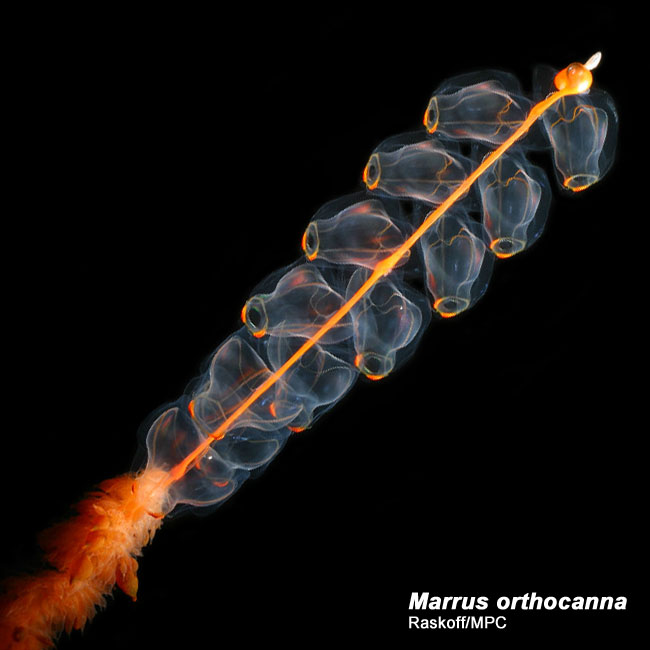
Location – Cold Arctic waters
Like a multi-stage rocket, this bizarre microscopic creature is made up of multiple repeated units, including tentacles and multiple stomachs. Never heard of a physonect siphonophore? That’s what this is. It’s something like a jellyfish, and is more closely related to the Portugese man o’war. One interesting thing about it: Like ants, a colony made up of many individuals has attributes resembling a single organism.

21. The Bush Viper
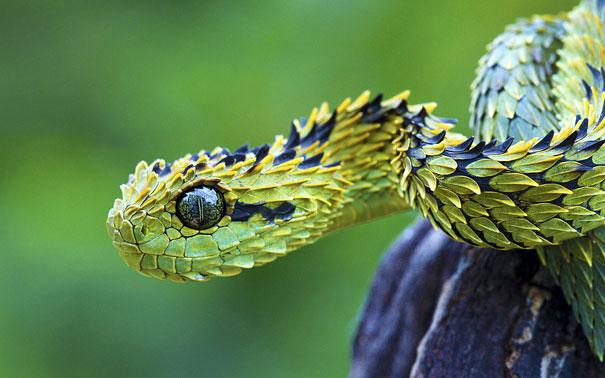
Location: Tropical forests of Africa
Being a carnivore predator, the Bush Viper lives up in the trees of the tropical forests of Africa, and does most of its hunting at night. Its striking feature is the scales all over its body which resemble the leaves of a bush giving it an excellent camouflage for hunting down prey.
22. Thorny Dragon

Location: Australian Deserts
Also known as the Mountain Devil, the thorny dragon can live upto 20 years. Colored in camouflaging shades of desert browns, this lizard has a “false” head, which he presents to his predators by dipping the real one.
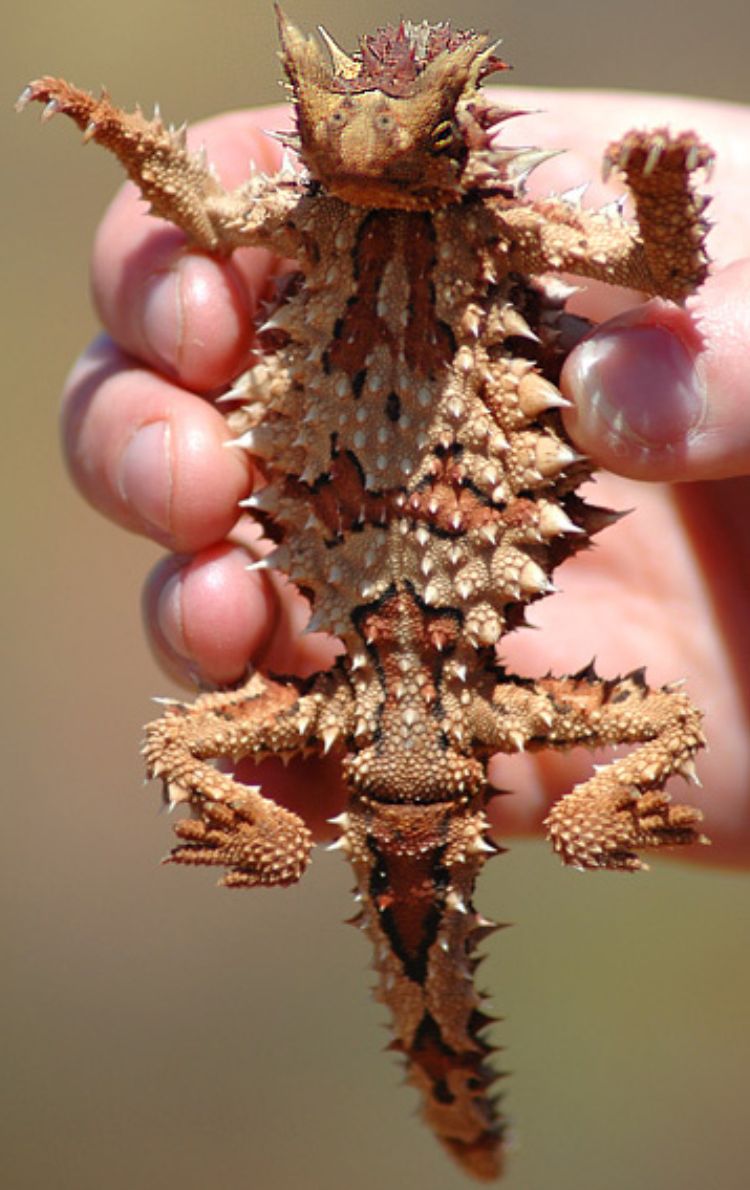
23. Venezuelan Poodle Moth

Location: Venezuela
Discovered in Venezuela in 2009, this new species of alien-looking moth is still poorly explored. Waiting for more info about them!
24. Yeti Crab
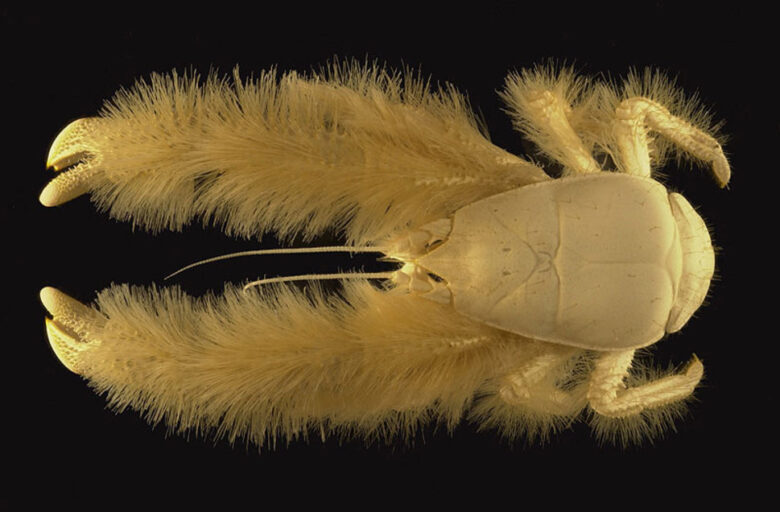
Location: South Pacific ocean
Kiwa hirsuta is a crustacean discovered in 2005 in the South Pacific Ocean. This decapod, which is approximately 15 cm long, is notable for the quantity of silky blond setae (resembling fur) covering its pereiopods (thoracic legs, including claws). Its discoverers dubbed it the “yeti lobster” or “yeti crab”.
25. The Maned Wolf
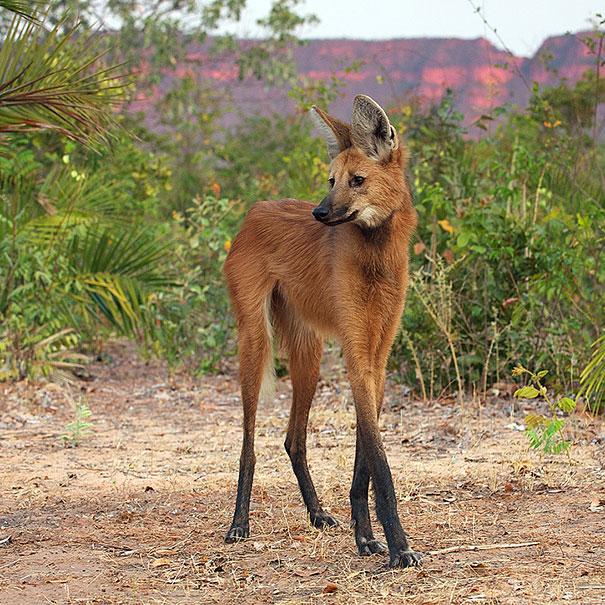
Location: Open and semi-open habitats, especially grasslands with scattered bushes and trees, in south, central-west and south-eastern Brazil, Paraguay, Northern Argentina, Bolivia east and north of Andes.
The maned wolf bears minor similarities to the red fox. The long legs are probably an adaptation to the tall grasslands of its native habitat. Fur of the maned wolf may be reddish brown to golden orange on the sides with long, black legs and a distinctive black mane. The coat is further marked with a whitish tuft at the tip of the tail and a white “bib” beneath the throat. The maned wolf is also known for its distinctive odor, which has earned it the nickname “skunk wolf.”
26. Lowland Streaked Tenrec
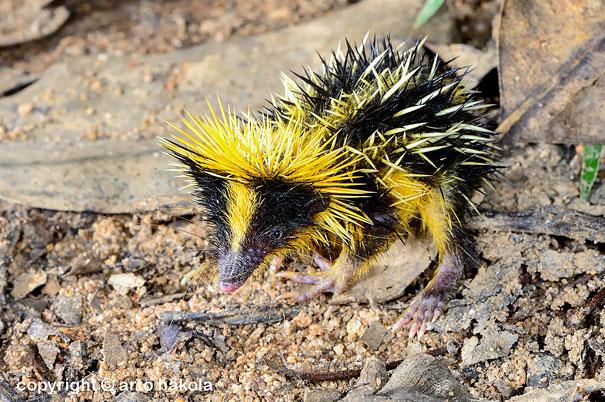
Location : Madagascar, Africa
This small tenrec is the only mammal known to use stridulation for generating sound – something that’s usually associated with snakes and insects. The most striking feature about the mammal is the black and yellow coloration of the spikes covering its body which give it a vibrant appearance.
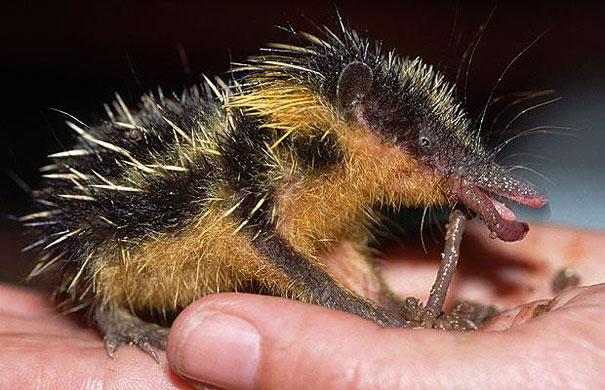
27. Narwhal
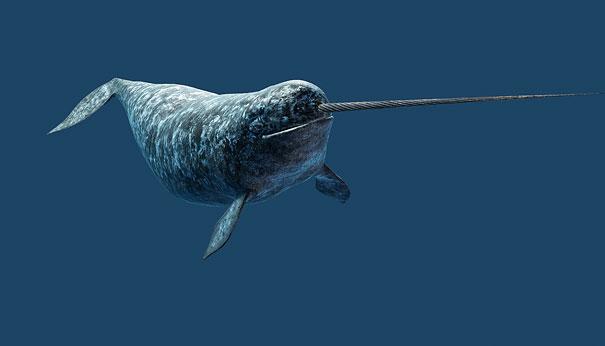
Location : Arctic waters
Known as the sea unicorn, this toothed whale, found in the arctic, has been valued for over 1000 years by the Inuit people for its meat and ivory. The narwhal, however, is especially sensitive to the climate change. The striking feature is its horn which places it in close resemblance with a unicorn, which is infact a myth.
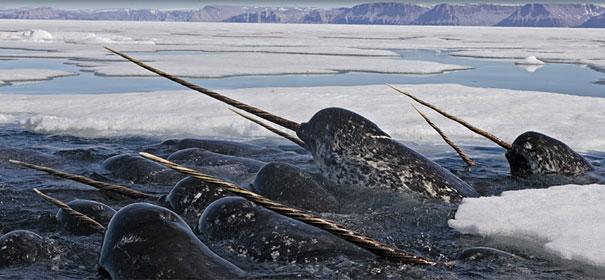
28. The Saiga Antelope

Location: European and Asian grasslands
This saiga, spread around the Eurasian steppe, is known for its an extremely unusual, over-sized, flexible nose structure, the proboscis.
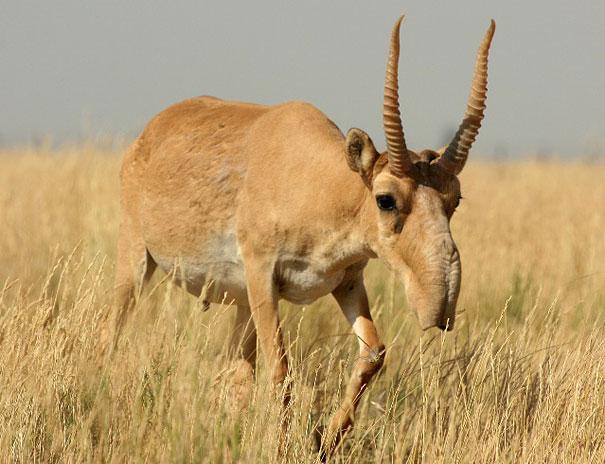
29. The Fossa
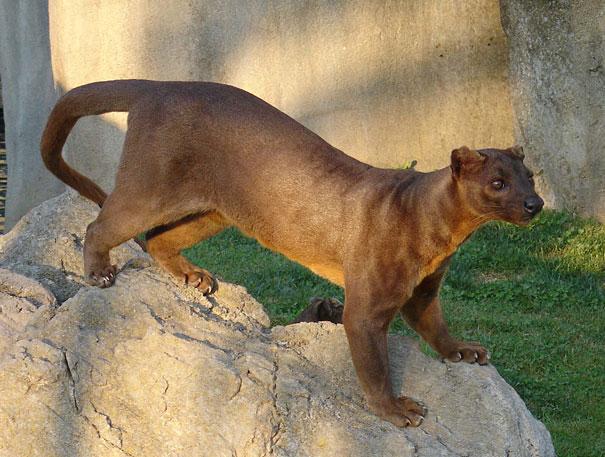
Location : Madagascar, Africa
The fossa is a cat-like, carnivorous mammal. Until recently scientists thought the fossa, with its feline features, was a primitive kind of cat. It’s actually one of the largest members of the mongoose family
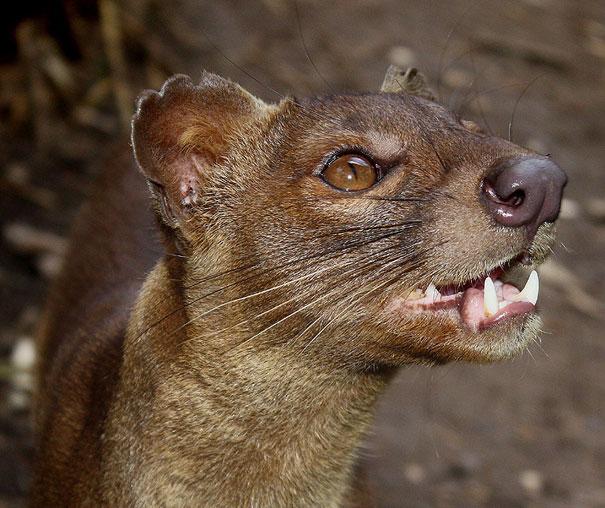
30. Dugong
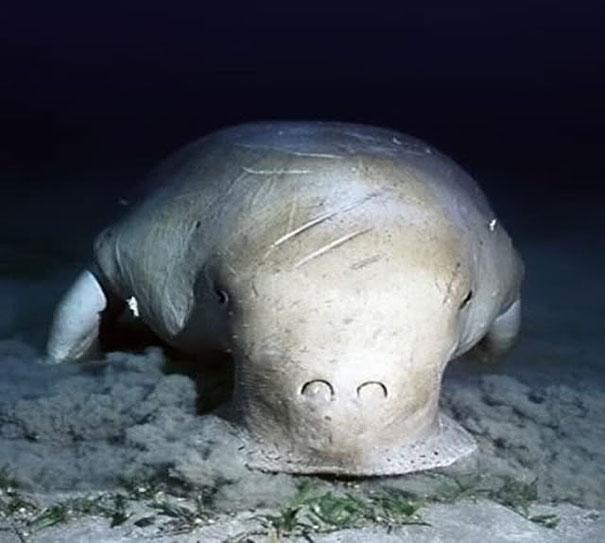
Location: Tropical and sub-tropical waters around the world
The dugong is a large marine mammal. They swim by moving their broad whale-like tail in an up and down motion, and by use of their two flippers. They come to the surface to breathe through nostrils near the top of their snouts. Dugongs’ only hairs are the bristles near the mouth.
Related Posts:
- These Hyper Realistic and Amazing Pics Will…
- These 49 Simple But Brilliant Product Ideas Will…
- Relationship Between Dogs and Kids is Unexplainable…
- 28 Strange But Absolutely Mind-Blowing Coca Cola…
- These Are 33 Miracle Websites That Will Change Your…
- 25 Jealous Animals Who Seriously Can't Believe You Right Now
- They Gave Every Kid Some Stickers, What They Did…
- 46 Invention Fails That Gave The World a Heart Attack
- 38 Pics are so Confusing and Weird That They Seem…
- 20 Legendary Movie Scenes That Were Improvised Out…




